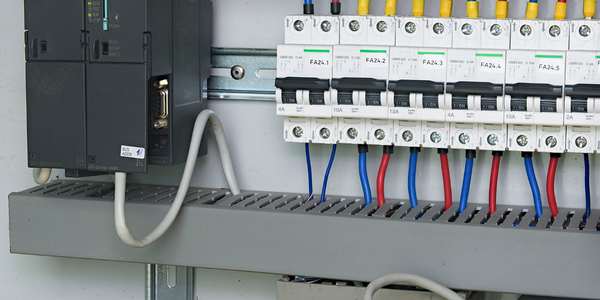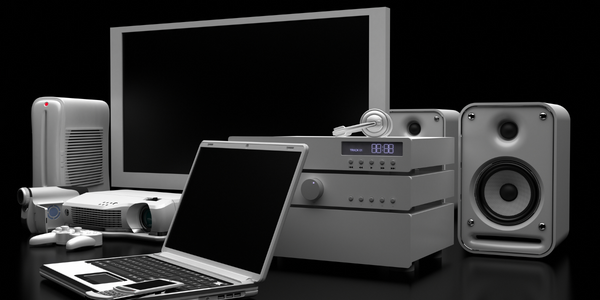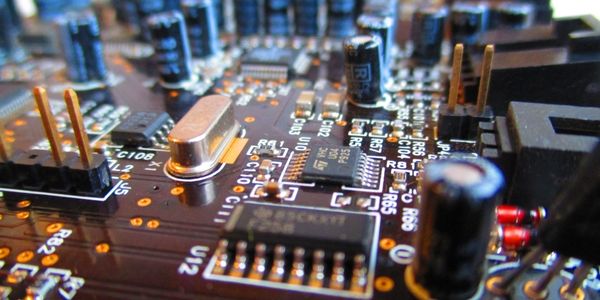How to Recover Your ERP Investment in Less Than a Year + Gabriel Jacques’ Top 5 Reasons for Choosing ERP Software

Customer Company Size
SME
Region
- America
Country
- Canada
Product
- Fidelio ERP software
Tech Stack
- SQL programming
Implementation Scale
- Enterprise-wide Deployment
Impact Metrics
- Productivity Improvements
- Cost Savings
Technology Category
- Functional Applications - Enterprise Resource Planning Systems (ERP)
Applicable Industries
- Electronics
Applicable Functions
- Discrete Manufacturing
Use Cases
- Inventory Management
- Supply Chain Visibility
Services
- Software Design & Engineering Services
About The Customer
Jacmar Automation is a component parts distributor and systems integrator. The company was founded in 1985 and is based in Quebec, Canada. They specialize in the distribution of automation components and the integration of high technology systems. The company serves a wide range of industries including the food, pharmaceutical, and automotive sectors. Jacmar Automation prides itself on its ability to provide innovative solutions to its customers, helping them to improve their productivity and competitiveness.
The Challenge
Jacmar Automation, a component parts distributor and systems integrator, was using a DOS system that was no longer able to meet their expectations. They needed a system that would improve the tracking of project costs, ensure a more rigorous inventory management and allow them to complete transactions online. In short, they needed a more efficient system that would save time and provide more control. The company had been wanting to make this change for 20 years.
The Solution
In 2014, Jacmar Automation acquired Fidelio ERP software. The key factor in choosing Fidelio was the ability of the Commsoft Technologies team to develop functionalities for Jacmar Automation, according to their needs. The proximity of the Fidelio development team, based in Montreal, ensured fluid and flexible communication that promoted collaborative solution finding. The implementation of the Fidelio ERP software revolutionized Jacmar Automation's business, making their work easier and providing tangible financial benefits.
Operational Impact
Quantitative Benefit

Case Study missing?
Start adding your own!
Register with your work email and create a new case study profile for your business.
Related Case Studies.

Case Study
Remote Temperature Monitoring of Perishable Goods Saves Money
RMONI was facing temperature monitoring challenges in a cold chain business. A cold chain must be established and maintained to ensure goods have been properly refrigerated during every step of the process, making temperature monitoring a critical business function. Manual registration practice can be very costly, labor intensive and prone to mistakes.

Case Study
Predictive maintenance in Schneider Electric
Schneider Electric Le Vaudreuil factory in France is recognized by the World Economic Forum as one of the world’s top nine most advanced “lighthouse” sites, applying Fourth Industrial Revolution technologies at large scale. It was experiencing machine-health and unplanned downtime issues on a critical machine within their manufacturing process. They were looking for a solution that could easily leverage existing machine data feeds, be used by machine operators without requiring complex setup or extensive training, and with a fast return on investment.

Case Study
Cloud Solution for Energy Management Platform-Schneider Electric
Schneider Electric required a cloud solution for its energy management platform to manage high computational operations, which were essential for catering to client requirements. As the business involves storage and analysis of huge amounts of data, the company also needed a convenient and scalable storage solution to facilitate operations efficiently.

Case Study
Leveraging the IoT to Gain a Competitive Edge in International Competition
Many large manufacturers in and outside Japan are competing for larger market share in the same space, expecting a growing demand for projectors in the areas of entertainment, which requires glamor and strong visual performance as well as digital signage that can attract people’s attention. “It is becoming more and more difficult to differentiate ourselves with stand-alone hardware products,” says Kazuyuki Kitagawa, Director of Service & Support at Panasonic AVC Networks. “In order for Panasonic to grow market share and overall business, it is essential for us to develop solutions that deliver significant added value.” Panasonic believes projection failure and quality deterioration should never happen. This is what and has driven them to make their projectors IoT-enabled. More specifically, Panasonic has developed a system that collects data from projectors, visualizes detailed operational statuses, and predicts issues and address them before failure occurs. Their projectors are embedded with a variety of sensors that measure power supply, voltage, video input/ output signals, intake/exhaust air temperatures, cooling fan operations, and light bulb operating time. These sensors have been used to make the projector more intelligent, automatically suspending operation when the temperature rises excessively, and automatically switching light bulbs. Although this was a great first step, Panasonic projectors were still not equipped with any capability to send the data over a network.








